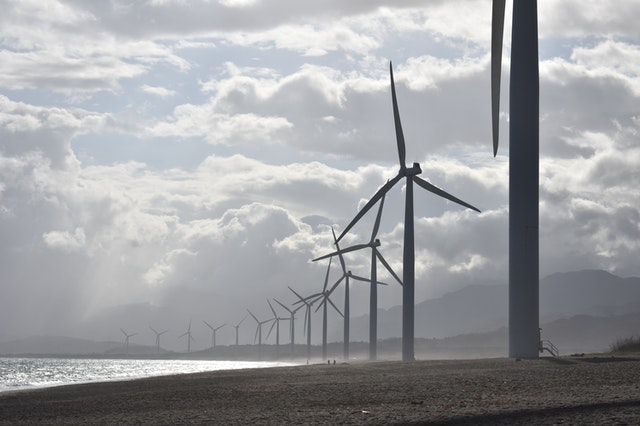Amidst global efforts to tackle climate change, Middle East countries are investing in clean energy sources. Considering such countries are among some of the world’s top oil producers, increasing their renewable energy capacity is directly linked to greenhouse gas emissions reduction.
Saudi Arabia and the United Arab Emirates (“UAE”) have set goals to achieve 50% of their total electricity generation from renewable sources by 2030 and 2050, respectively[1].
In this sense, renewable energy capacity has been increasing in the region, comprising, as of last year, 24,224 megawatts (MW), a 5% increase. The COVID-19 pandemic has possibly slowed down the expansion, given that the registered growth had been 13% in 2018 and 2019. Saudi Arabia and the UAE, in particular, have increased their capacities (2011 to 2020) from (i) 13 MW to 2,540 MW; and (ii) 3 MW to 413 MW, respectively[2].
Hydrogen is one example of renewable energy investments by the UAE. Only this year, Mubadala Investment Company, Abu Dhabi’s sovereign fund, has signed three Memoranda of Understanding to foster financing, technological capabilities, and applications of hydrogen[3].
Our Mena Desk and Environmental Teams are at your disposal for further clarifications.
Sincerely,
MENA Desk and Environmental





